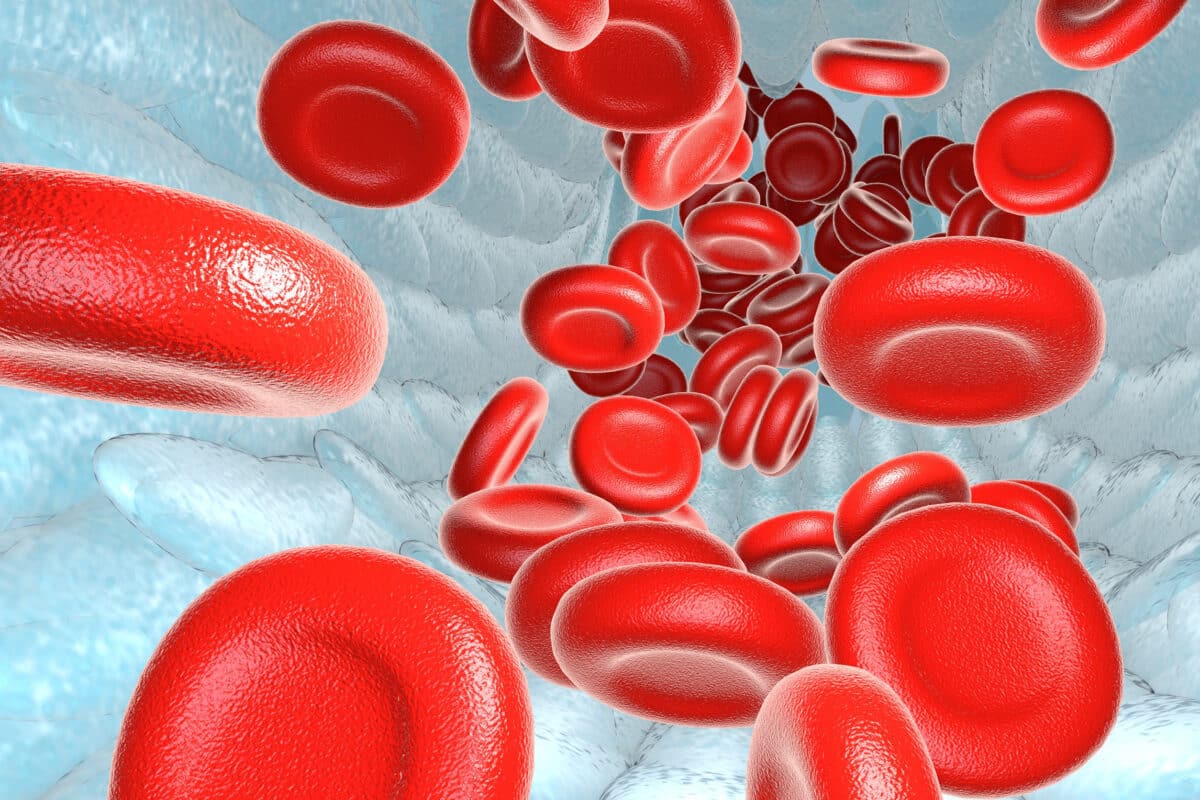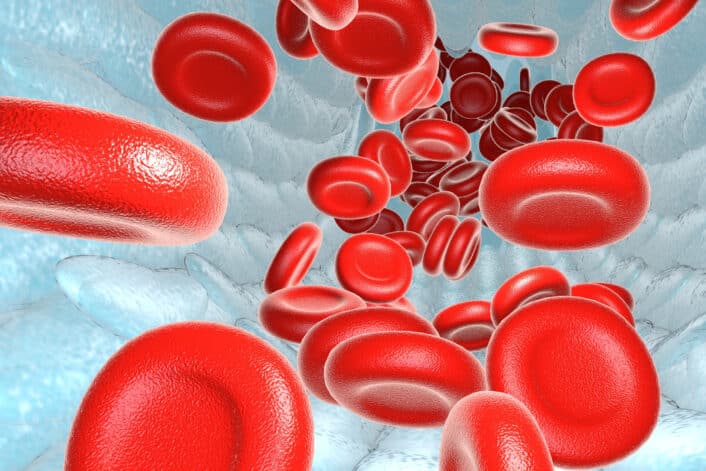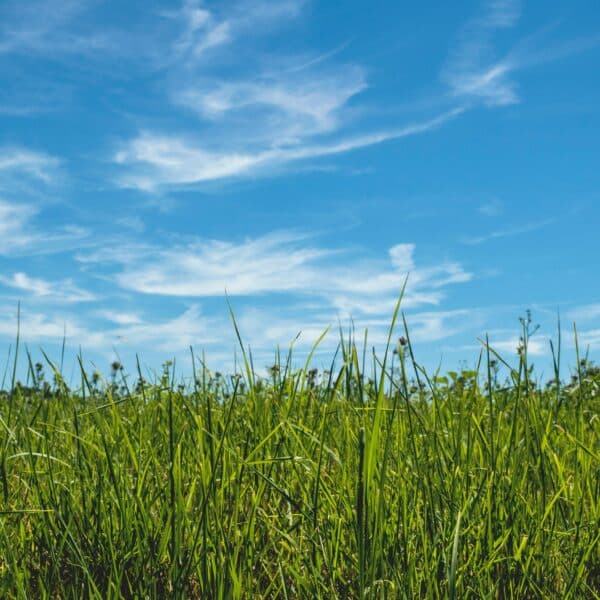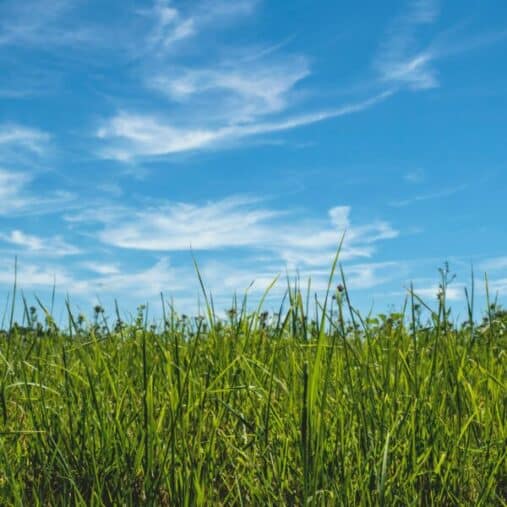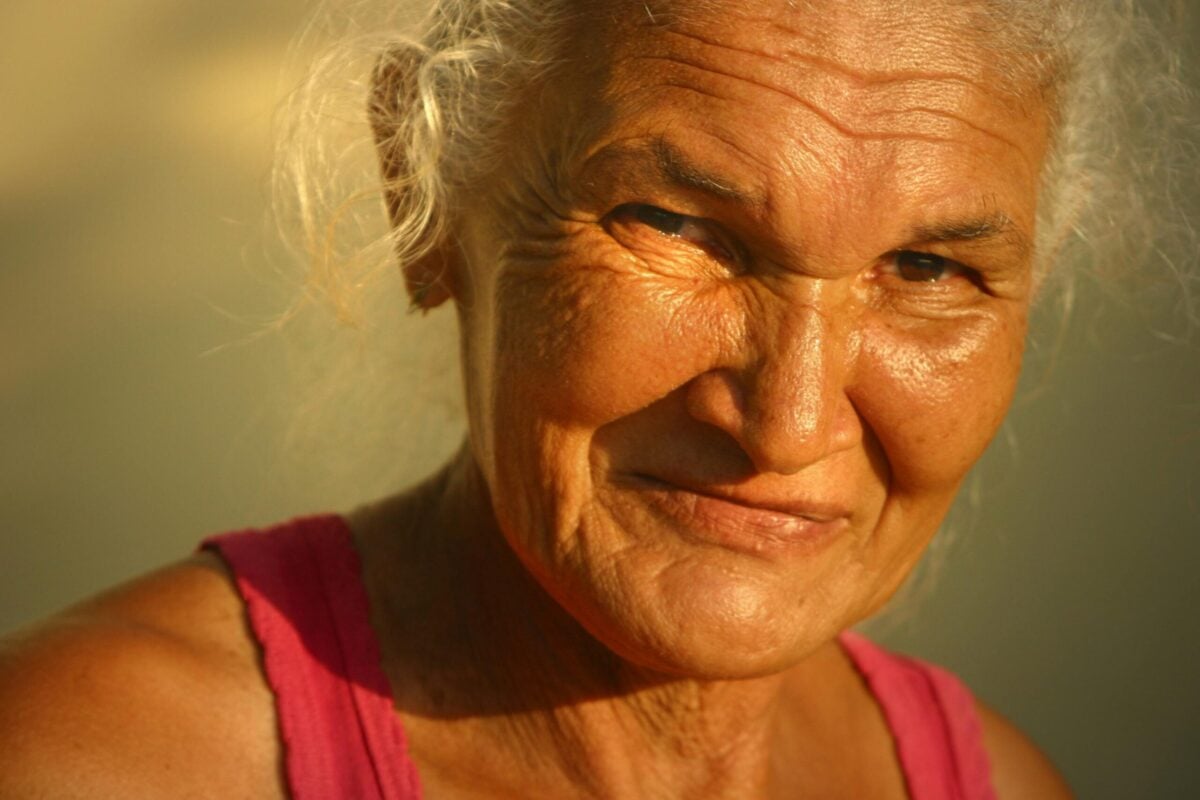Are Flat Feet Hereditary? Exploring the Genetic Connection
Aira
on
July 4, 2024
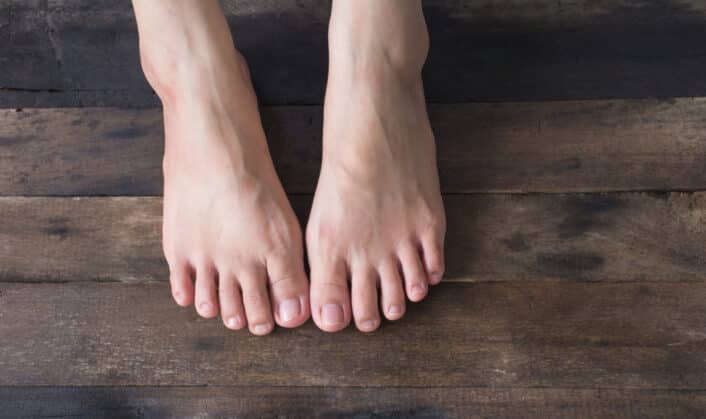
Disclaimer: This article is for informational purposes only and is not intended to diagnose any conditions. LifeDNA does not provide diagnostic services for any conditions mentioned in this or any other article.
Flat feet, a common condition where the arches of the feet are lowered or absent, can impact your posture and overall comfort. But have you ever wondered why some people have flat feet while others don’t? The answer might be more complicated than you think. While flat feet can result from various factors, genetics play a significant role in determining whether you’ll develop this condition.
What are Flat Fleet?
Flat feet, or pes planus, occur when the arch of the foot collapses, causing the entire sole to make contact with the ground. This condition can be observed in both children and adults, with varying degrees of severity.
Scientifically, flat feet can result from a variety of factors, including anatomical abnormalities, ligament laxity, or muscle weakness. In children, flat feet often develop naturally as they grow, and many cases resolve by adulthood. However, when the condition persists or causes discomfort, it might be due to genetic factors, which influence the structure and function of foot ligaments and tendons.
Research indicates that flat feet can be inherited, with studies suggesting that certain genes may contribute to the development of the condition. For instance, variations in genes responsible for collagen production, which affects the strength and flexibility of connective tissues, have been linked to flat feet.
Additionally, biomechanical factors, such as excessive pronation or abnormal gait, can exacerbate the condition. Understanding the genetic and environmental factors contributing to flat feet is crucial for developing effective treatments and management strategies.
How to Test for Flat Feet
Testing for flat feet involves several clinical and diagnostic methods to assess the structure and function of the feet.
- Wet Foot Test: One of the simplest and most common tests is the Wet Foot Test. This involves wetting the feet and then stepping onto a dry surface, like a piece of paper. The imprint left can reveal the arch’s height; a complete footprint with no arch visible indicates flat feet.
- Foot Posture Index (FPI): A more clinical approach is the Foot Posture Index (FPI), a standardized tool used by podiatrists to evaluate foot alignment and posture. The FPI involves assessing various aspects of foot structure and function through physical examination.
- X-rays: X-rays can also be utilized to provide a detailed view of the foot’s bone structure and to measure the arch height. This method helps in diagnosing the severity of flat feet and ruling out other conditions.
- Orthotic assessment: This test may include evaluating how the foot functions during movement. This can involve analyzing gait patterns and the distribution of weight across the foot using devices like pressure mats or force plates.
Each of these methods provides valuable information to diagnose flat feet and guide appropriate treatment strategies.
Are Flat Feet Genetic?
The genetics of flat feet reveal how inherited traits can influence the structure and function of the feet. Flat feet often arise from a combination of genetic factors and environmental influences. Understanding the genetic basis of this condition provides insights into why some people develop flat feet while others do not.
Key genetic markers associated with flat feet include variations in genes responsible for collagen production, such as COL1A1 and COL1A2. Collagen is crucial for maintaining the strength and elasticity of tendons and ligaments, including those that support the arch of the foot. Alterations in these genes can weaken the connective tissues, leading to a collapsed arch.
Another important gene is the GDF5 gene, which plays a role in the development of bones and joints. Variants in GDF5 have been linked to various skeletal disorders, including abnormalities in foot arch formation. Similarly, the FOXP1 gene, involved in skeletal development, has associations with structural abnormalities in the foot.
The PITX1 gene is also relevant, as it affects limb and foot development. Mutations or variations in PITX1 can impact the formation of the arch. Additionally, the ANKRD1 gene, related to musculoskeletal development, has been linked to conditions that can influence foot structure.
While genetics play a significant role, flat feet can also be influenced by factors such as muscle weakness, injury, or obesity. Understanding these genetic links helps in managing and addressing flat feet effectively.
What are Other Causes of Flat Feet?
Flat feet, while often genetic, can arise from various other causes that affect the foot’s structure and function. Understanding these causes is crucial for effective management and treatment.
- Posterior Tibial Tendon Dysfunction (PTTD): This condition involves the degeneration or inflammation of the posterior tibial tendon, which supports the arch. Over time, this tendon may weaken, leading to the collapse of the foot’s arch. PTTD is a common cause of acquired flat feet and is often seen in middle-aged individuals.
- Trauma or Injury: Injuries to the foot, such as fractures or sprains, can damage the structures that maintain the arch. For instance, a severe injury to the bones or ligaments can disrupt normal foot mechanics and lead to flat feet.
- Arthritis: Various forms of arthritis, including rheumatoid arthritis, can affect the joints and ligaments in the feet. Chronic inflammation and joint damage can contribute to the development of flat feet by compromising the integrity of the arch-supporting structures.
- Muscle Weakness or Imbalance: Conditions that weaken or imbalance the muscles supporting the foot, such as muscular dystrophy or cerebral palsy, can lead to flat feet. The loss of muscle strength or coordination impacts the foot’s ability to maintain its arch.
- Congenital Conditions: Some individuals are born with structural abnormalities that predispose them to flat feet. For example, conditions such as congenital talipes equinovarus (clubfoot) can affect the normal development of the foot arch.
- Obesity: Excess body weight increases the stress on the feet, potentially leading to the collapse of the arch over time. The additional load can exacerbate existing issues or contribute to the development of flat feet.
- Diabetes: Long-term diabetes can lead to diabetic neuropathy, which affects nerve function in the feet. This condition can alter foot mechanics and contribute to the development of flat feet due to changes in sensory feedback and muscle control.
- Flat Foot Syndrome in Children: While many children have flat feet that resolve naturally, some may experience persistent flat feet due to developmental issues. Conditions such as flexible flatfoot, where the arch appears normal when not bearing weight, can be observed in young children.
These diverse causes highlight the importance of a comprehensive evaluation when diagnosing and managing flat feet, ensuring that treatment strategies address the specific underlying factors.
What are the Types of Flat Fleet?
Flat feet come in several types, each with distinct characteristics and underlying causes. Understanding these types helps diagnose and manage the condition effectively.
- Flexible Flatfoot: This is the most common type and is characterized by a visible arch when the foot is not bearing weight but appears flat when standing. It is often seen in children and tends to resolve with age as the foot structure matures. Flexible flatfoot usually does not cause pain or significant functional issues but can be monitored for any potential complications.
- Rigid Flatfoot: Unlike flexible flatfoot, rigid flatfoot presents with a consistently flat arch regardless of the foot’s position. This type often results from structural abnormalities or deformities, such as a fused bone or a severely collapsed arch. Rigid flatfoot can cause discomfort and may require medical intervention or surgery to correct.
- Congenital Flatfoot: This type is present at birth and results from developmental abnormalities in the foot’s structure. Congenital flatfoot can be due to conditions like clubfoot (congenital talipes equinovarus) or abnormal bone development. Early diagnosis and treatment are essential to manage and potentially correct the deformity.
- Acquired Flatfoot: Acquired flatfoot develops later in life due to external factors such as injury, arthritis, or tendon dysfunction. Posterior Tibial Tendon Dysfunction (PTTD) is a common cause of acquired flatfoot, where the tendon supporting the arch becomes damaged or weakened, leading to the collapse of the arch.
- Adult-Acquired Flatfoot: This type specifically refers to flatfoot that develops in adults, often due to conditions like PTTD or age-related degeneration. It can be progressive and cause pain, requiring a tailored treatment approach to address the underlying causes and symptoms.
- Flexible Flatfoot with an Ankle Foot Orthosis (AFO): This type is a variant of flexible flatfoot where the use of an orthotic device, such as an AFO, helps maintain the arch and alleviate symptoms. It is used in cases where additional support is needed for comfort or functional purposes.
Each type of flatfoot presents unique challenges and treatment needs, making accurate diagnosis crucial for effective management.
Are Flat Feet Dangerous to Your Health?
Flat feet, in themselves, are not necessarily dangerous to health, but they can lead to various issues if left untreated. When the arches of the feet collapse, it can affect the alignment and biomechanics of the entire lower limb. This misalignment may cause or exacerbate conditions such as plantar fasciitis, where the tissue connecting the heel to the toes becomes inflamed, leading to heel pain.
Flat feet can also contribute to shin splints and knee pain due to altered gait mechanics. The lack of proper arch support can place excessive strain on the knees and hips, potentially leading to joint pain and discomfort. In severe cases, ankle instability and lower back pain may also arise from the improper distribution of forces during movement.
For individuals with pre-existing conditions like arthritis or diabetes, flat feet can complicate the management of these conditions by adding additional stress on the lower limbs. Although flat feet are often manageable with appropriate interventions such as orthotics or physical therapy, neglecting to address the associated symptoms may lead to chronic pain and functional limitations. Regular evaluation by a healthcare professional is recommended to prevent complications and ensure proper management.
Are Flat Feet Curable?
Flat feet are generally not considered curable in the traditional sense, but their symptoms can often be managed effectively. Treatment typically focuses on alleviating discomfort, improving function, and preventing complications rather than completely reversing the condition.
For children with flexible flatfoot, the condition often improves naturally as they grow, and many do not require intervention. However, if symptoms persist or cause pain, treatment options like orthotic insoles, physical therapy, and exercises to strengthen foot and leg muscles can help manage the condition.
In cases of rigid flatfoot or severe flatfoot resulting from conditions such as posterior tibial tendon dysfunction, treatment may involve more comprehensive approaches. Orthotic devices can provide support and improve foot mechanics, while physical therapy can address muscle imbalances and improve flexibility. In some situations, surgical intervention may be considered to correct structural abnormalities or repair damaged tendons.
For adult-acquired flatfoot, addressing the underlying cause—such as arthritis or tendon dysfunction—is crucial. While complete reversal of the condition may not be possible, appropriate management can significantly reduce pain and improve quality of life. Regular follow-up with a healthcare professional helps ensure the effectiveness of the chosen treatment strategy.
Symptoms of Flat Feet
Flat feet can present with a variety of symptoms, which can vary depending on the severity of the condition and any underlying causes. Common symptoms may include:
- Foot Pain: Individuals with flat feet often experience discomfort in the arch or heel area. This painful condition, known as plantar fasciitis, results from the inflammation of the tissue connecting the heel to the toes.
- Arch Pain: The collapse of the arch can lead to localized pain and tenderness along the inner part of the foot where the arch is absent or weakened.
- Swelling: Swelling may occur in the feet, particularly around the ankle, due to the added strain and altered mechanics of foot movement.
- Overpronation: This refers to the excessive inward rolling of the foot during walking or running, which can lead to further strain on the foot and lower limb joints.
- Knee and Hip Pain: The misalignment caused by flat feet can affect the knees and hips, leading to pain and discomfort in these areas due to altered gait and increased stress.
- Lower Back Pain: The altered biomechanics from flat feet can also impact the lower back, causing discomfort and pain due to compensatory changes in posture.
- Difficulty Walking or Standing: Individuals may find it challenging to walk long distances or stand for extended periods due to fatigue and discomfort.
- Foot Fatigue: People with flat feet often experience increased fatigue in the feet and legs, especially after physical activities.
Recognizing these symptoms and seeking appropriate treatment can help manage and alleviate the discomfort associated with flat feet.
Ways to Manage Flat Feet
Managing flat feet involves a range of strategies aimed at alleviating symptoms and improving foot function. The choice of management techniques depends on the severity of the condition and any associated symptoms.
Orthotic Devices
Custom or over-the-counter orthotic insoles provide additional arch support and help correct foot alignment. They can reduce pain, improve gait, and redistribute pressure more evenly across the foot. Research shows that orthotics can be effective in managing symptoms of flat feet, particularly in reducing plantar fasciitis and foot fatigue.
Footwear
Wearing supportive shoes is crucial for managing flat feet. Shoes with good arch support, cushioning, and stability features help maintain proper foot alignment and reduce strain. Avoiding shoes with inadequate support, such as flip-flops or high heels, can prevent exacerbation of symptoms.
Physical Therapy
Engaging in physical therapy can strengthen the muscles supporting the foot and improve flexibility. Exercises often include stretching the Achilles tendon and calf muscles, strengthening the posterior tibial tendon, and improving overall foot mechanics. Clinical studies have demonstrated that targeted physical therapy can alleviate symptoms and improve function in individuals with flat feet.
Foot Exercises
Specific exercises, such as toe curls, arch lifts, and foot rolling, can help strengthen foot muscles and support structures. Regularly performing these exercises can improve the overall function of the foot and reduce discomfort.
Weight Management
Maintaining a healthy weight can reduce the stress and pressure on the feet. Excess body weight can exacerbate the symptoms of flat feet by increasing the load on the arches and altering foot mechanics.
Pain Management
Over-the-counter pain relievers, such as nonsteroidal anti-inflammatory drugs (NSAIDs), can be used to manage pain and inflammation associated with flat feet. For chronic pain, a healthcare provider might recommend other treatments or medications.
Physical Modifications
Using cushioned insoles or arch supports in everyday footwear can provide immediate relief and improve comfort. Adjustments in activity levels and the use of supportive devices during physical activities can also help manage symptoms.
Surgical Intervention
In severe cases where conservative measures are insufficient, surgical options might be considered. Surgical procedures can involve correcting structural abnormalities, repairing damaged tendons, or reconstructing the arch. Surgery is typically reserved for cases where flat feet cause significant pain or functional limitations that do not respond to other treatments.
These management strategies can help individuals with flat feet lead a more comfortable and active life. Regular consultation with healthcare professionals ensures that the chosen approach effectively addresses the symptoms and underlying causes.
Why Choose LifeDNA
With LifeDNA, you gain access to a range of detailed reports, including Nutrition Report, Wellness Report, Sleep Report, Vitamins and Supplements Report, Fitness Report, Personality and Cognition Report, and Skincare, along with premium options like the Age-Related Report, Methylation Genes Report, and Detoxification Genes Report. These reports delve into nearly 200 specific traits, guiding you on how to optimize your lifestyle based on your genetic makeup.
Imagine understanding exactly what vitamins your body needs, how to tailor your fitness routine for maximum effectiveness, or discovering personalized nutrition strategies. LifeDNA’s DNA Trait Reports help you make informed decisions that align with your genetic profile, setting you on the path to a healthier, more balanced life.
Start your journey toward personalized wellness today. Explore LifeDNA’s plans and take control of your health with insights designed just for you. Embrace the power of genetic information and make choices that are right for your unique body.
References
- https://my.clevelandclinic.org/health/diseases/17005-flat-feet
- https://www.nhs.uk/conditions/flat-feet/#:~:text=To%20see%20if%20you%20have,be%20flat%20on%20the%20ground.&text=You%20do%20not%20have%20flat,this%20is%20called%20the%20arch).
- https://www.physio-pedia.com/Foot_Posture_Index_(FP1-6)
- https://uddingstonphysiotherapy.co.uk/orthotic-assessment/#:~:text=An%20orthotist%20assesses%20joints%2C%20ligaments,help%20to%20strengthen%20soft%20tissues.
- https://www.sciencedirect.com/topics/nursing-and-health-professions/flatfoot
- https://pubmed.ncbi.nlm.nih.gov/16892395/
- https://pubmed.ncbi.nlm.nih.gov/34131944/
- https://www.sciencedirect.com/topics/biochemistry-genetics-and-molecular-biology/pitx1
- https://www.ncbi.nlm.nih.gov/gene/27063
- https://my.clevelandclinic.org/health/diseases/22057-posterior-tibial-tendon-dysfunction
- https://www.foothealthfacts.org/conditions/osteoarthritis-of-the-foot-and-ankle#:~:text=A%20flat%20foot%20causes%20less,an%20increased%20risk%20of%20arthritis.
- https://www.azfootdocs.com/blog/the-link-between-obesity-and-flat-feet#:~:text=Obesity%20is%20another%20factor%20that,which%20can%20cause%20flat%20feet.
- https://dergipark.org.tr/en/pub/turkjkin/issue/81884/1358860#:~:text=Diabetic%20patients%20are%20more%20prone,the%20course%20of%20their%20disease.
- https://www.chop.edu/conditions-diseases/flat-feet-in-children#:~:text=Flat%20feet%20%E2%80%94%20or%20pes%20planus,feet%20haven’t%20yet%20developed.
- https://www.medparkhospital.com/en-US/disease-and-treatment/flat-feet
- https://www.mdpi.com/1996-1944/14/18/5297
- https://www.advancedfootdocs.com/blog/why-flat-feet-are-bad-for-your-health/#:~:text=Your%20body’s%20balance%20begins%20in,ankles%2C%20knees%2C%20or%20hips.
- https://www.bauerfeind.com.au/blogs/news/can-flat-feet-be-cured#:~:text=Thankfully%2C%20in%20many%20cases%2C%20flat,caused%20by%20lifestyle%20or%20injury).
- https://www.nyp.org/orthopedics/columbia-orthopedics/flat-feet
- https://study.com/academy/lesson/orthotic-devices-types-functions-examples.html#:~:text=Orthotic%20devices%2C%20also%20called%20orthoses,immobilization%20and%20alignment
- https://www.healthline.com/health/flat-feet-exercises
- https://www.medicalnewstoday.com/articles/flat-foot-reconstruction-surgery#:~:text=Flat%20foot%20surgery%20aims%20to,foot%20or%20unusually%20low%20arches.

